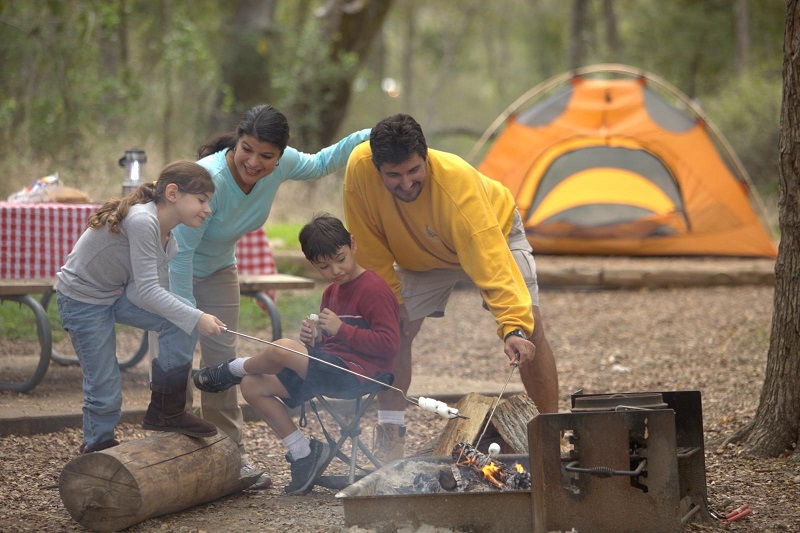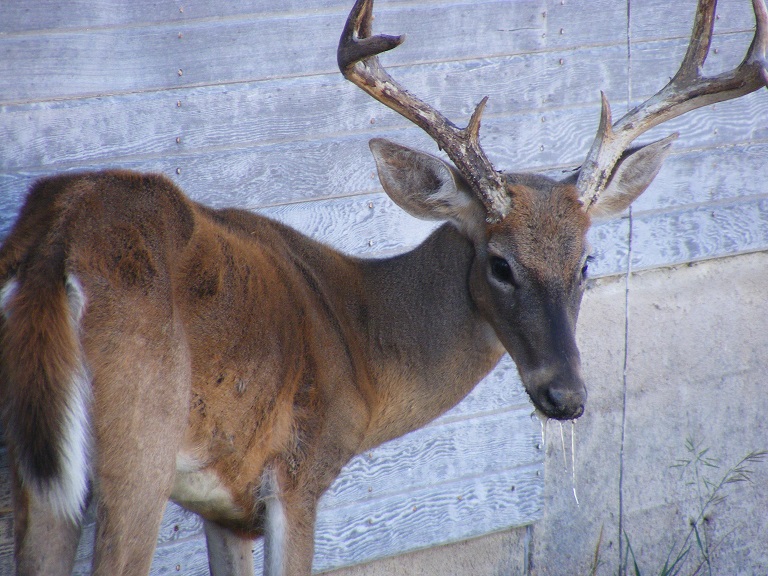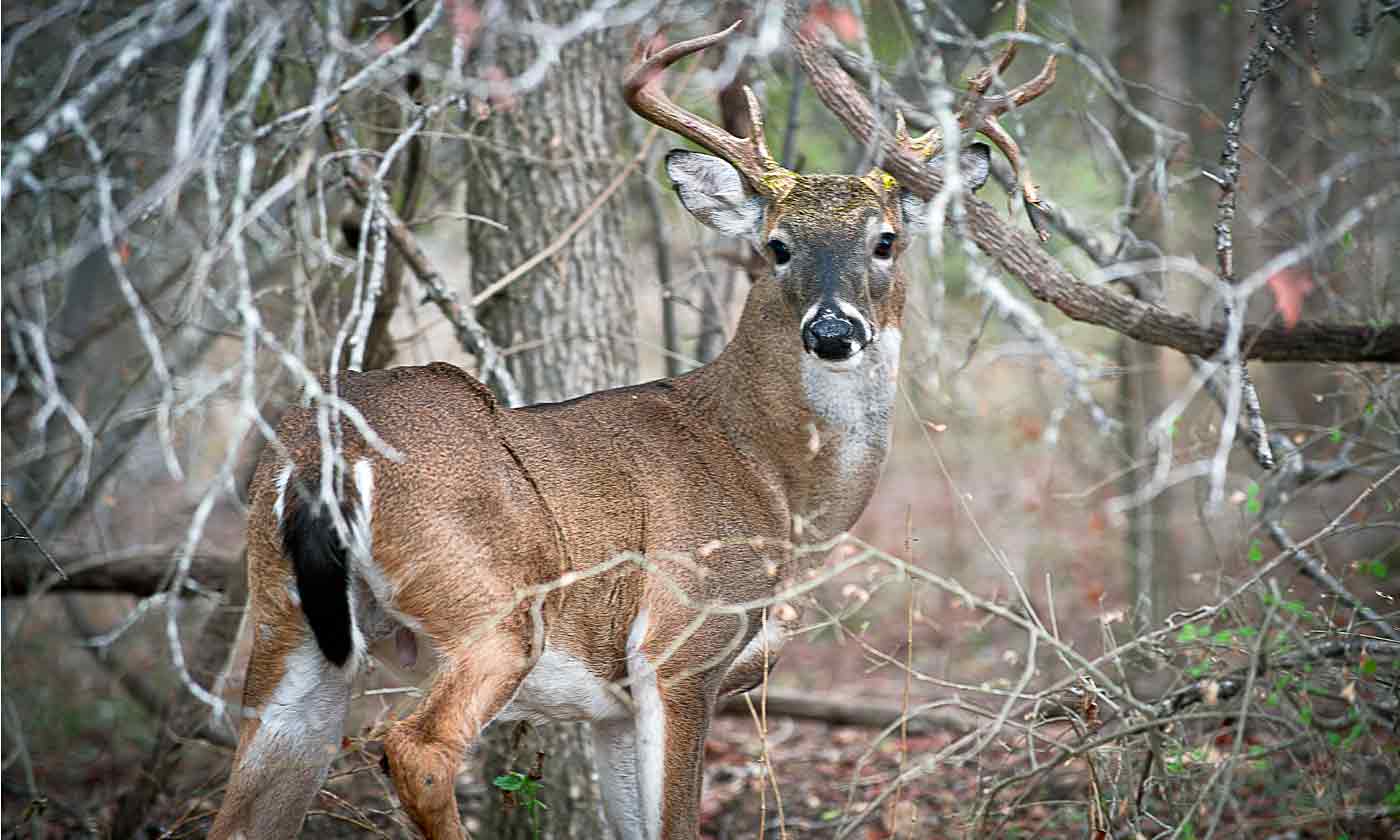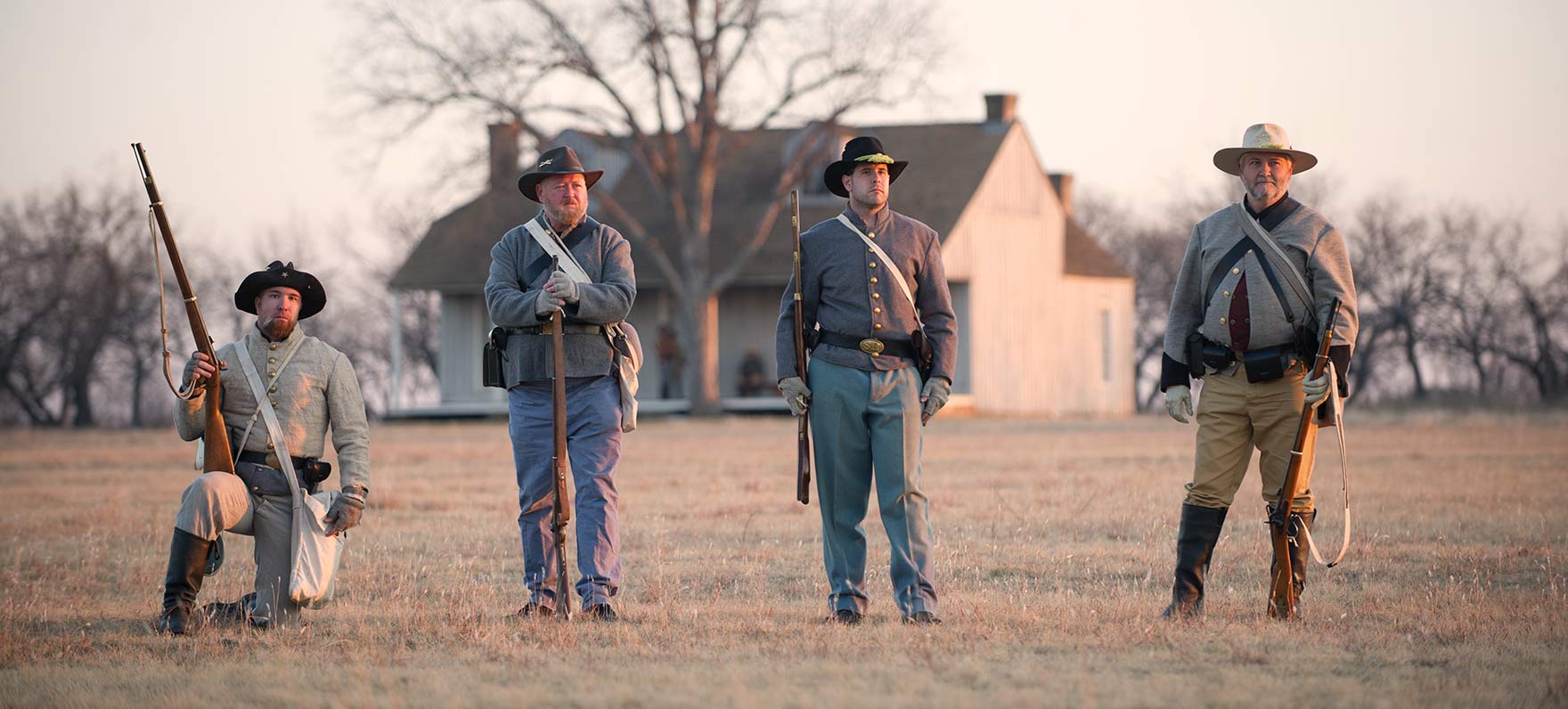Items to Bring on an Overnight Campout
Thursday, November 9th, 2017
This is Passport to Texas
Do you avoid overnight camping because you’re afraid you won’t get your beauty rest?
The folks that do avoid camping tend to think that it’s not comfortable. Well, it doesn’t have to be that way.
If you’re concerned you’ll be counting sheep instead of sawing logs on your overnight campout, Robert Owen with the Texas Outdoor Family Program says a blanket and pillow and a few other items will have you sleeping like a baby in Mother Nature’s embrace.
I always like to bring either a foam pad to sleep on or an air mattress – and even cots are getting especially popular now. Sleeping bags often have a temperature rating on them, so you’ll want to make sure that you know what your overnight lows are going to be; maybe even subtract a couple of degrees from that just to be safe, and make sure your sleeping bag is rated for that temperature. We have some tips for folks who are going to spend the night outdoors when the temperature starts to drop: air mattresses –they can actually cool you off over night. They might be very comfortable, but it’s like sleeping on a pillow of cold air. If you can insulate yourself against that pillow of cold air, it’s really going to make you more comfortable overnight. All that means is laying a blanket or sleeping bag below you – between you and the air mattress – and that goes a long way.
Reserve your site at your favorite state park at texasstateparks.org.
For Texas Parks and Wildlife…I’m Cecilia Nasti.







 Passport to Texas is a
Passport to Texas is a  Passport to Texas is made available by:
Passport to Texas is made available by: